Editor’s Note: In our Letters from the Industry series, we invite culinary industry professionals to share thoughts regarding topics on their minds and close to their hearts. In today’s entry, Executive Chef/Partner Matt Griffin of Bar Sardine and Fedora in New York City, discusses the importance of chef and consumer participation in preserving waters and enjoying seafood sustainably.
—
My first kitchen job was in Nantucket. After a few years spent working in advertising in New York City and considering cooking a hobby, I couldn’t fight it any longer. I called a family friend who owned a restaurant and asked for a prep cook job for the summer.
Working at that island restaurant, I quickly learned how to wash lettuces, pick herbs, peel potatoes and after some time––and a few mishaps––hold a knife. But my favorite task was putting away the daily deliveries of fresh seafood. I was the kitchen bitch, but eventually I was “promoted” to the task of prepping the two dozen live Maine lobsters that came in each day.
For the first time, I was working with an expensive product and with that came a level of expectation––that you were going to baby it, painstakingly prepare it and unveil it to the world as close to perfection as possible. As I was told in the kitchen, “Don’t fuck it up.” I was also aware that I was working with a living being and with that my role as a cook suddenly seemed more significant. I wanted to prove that I could handle the financial and moral weight and thus, I took the lobster job seriously.
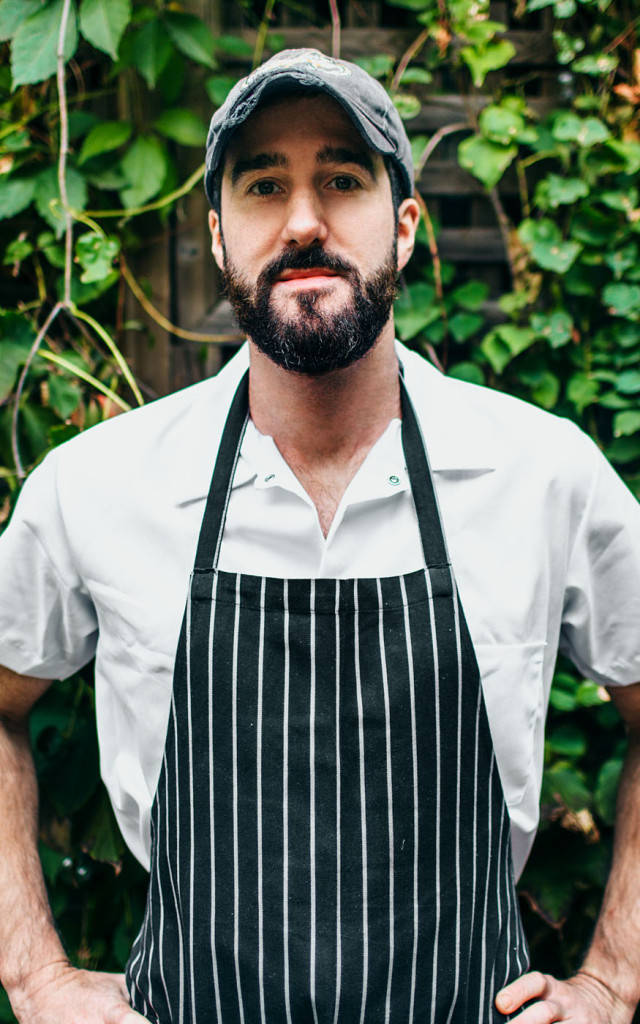
Only a couple months into that job, I knew I had a new career. It was also when I first became fascinated by our relationship to the ocean and its creatures. Living in that cobblestoned town with such a rich history of whaling and fishing, I was surrounded by waters that brought in our striped bass, bluefish, swordfish and yellowfin tuna. Local hook-and-line fishermen would knock on the restaurant’s door and invite the cooks to their boats to marvel at their catch. During that time, we were 30 miles out to sea, cooking on the wharf or enjoying days off at the beach––or fishing ourselves––with our nights spent swimming in the phosphorescence. The ocean seemed limitless, bountiful and beautiful.
My next job would bring its share of learning (and lobsters), too. In 2004, I moved to Las Vegas to be part of the opening team at Rick Moonen’s RM Seafood, which featured a huge live lobster tank as a centerpiece. It was during this time that Chef Rick introduced me to the concept of seafood sustainability and the importance of considering the impact that our purchasing decisions made beyond our restaurant walls.
Though it would have been simpler, we were not there to just serve a “greatest hits” of popular seafood dishes, or to recreate our favorites; the restaurant rule was not to use anything that was over fished or farmed irresponsibly, and so we needed to be creative with less-celebrated, more eco-conscious options.
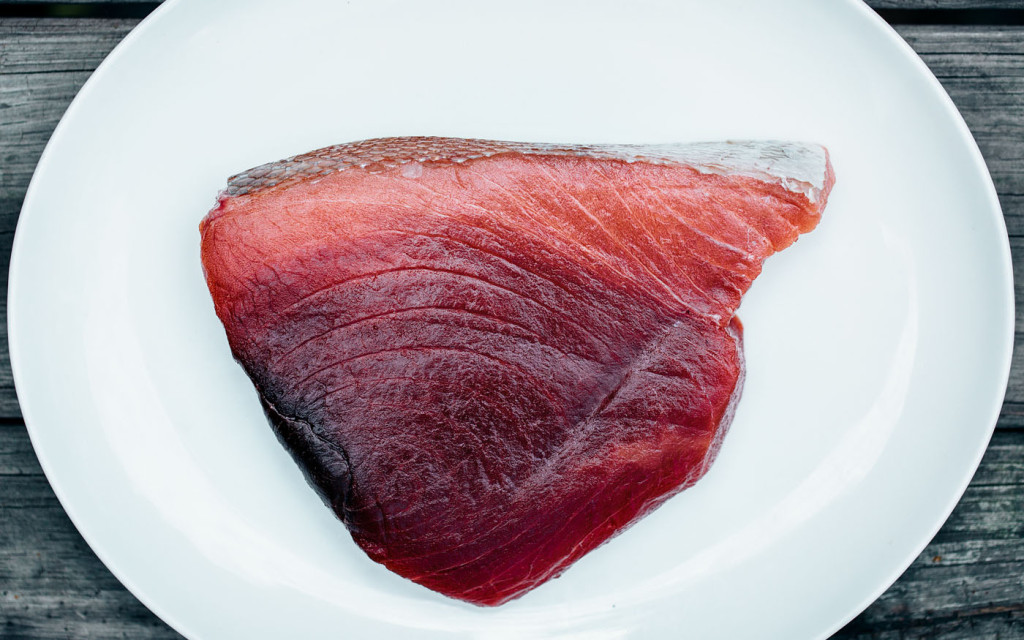
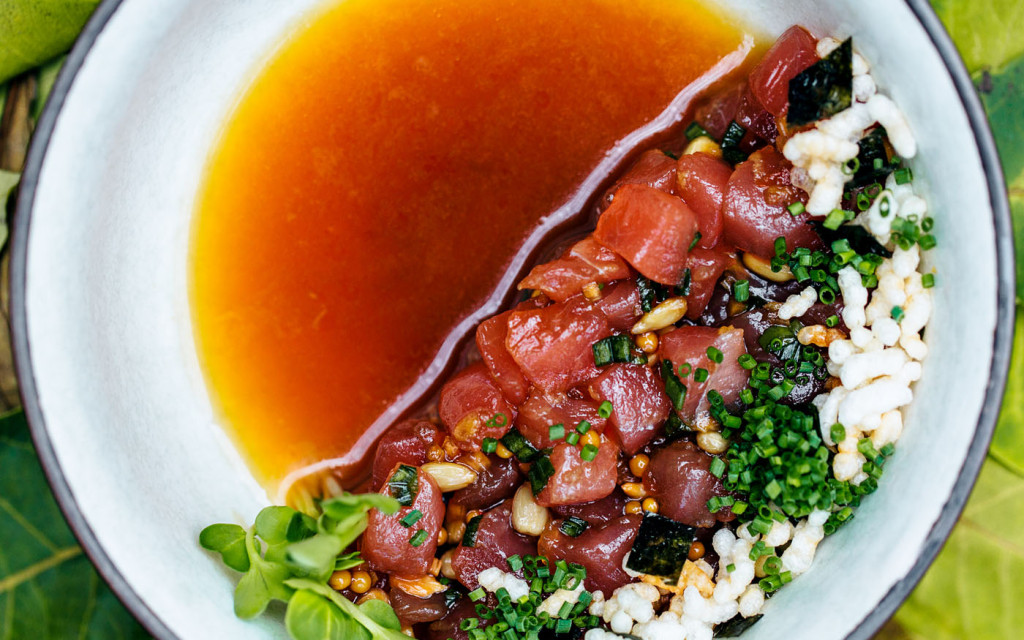
After climbing the ranks in the restaurant hierarchy, I was eventually in charge of ordering the fish and educating the staff about what we were serving and why. We were sourcing most of our fish from the Pacific, so I learned about delicacies like Alaskan ling cod, Half Moon Bay Squid, Monterey abalone, Santa Barbara sea urchin and Yukon River Salmon. I spent my “vacation” time interning with Browne Trading Company in Maine, visiting the Portland Fish Exchange, where North Atlantic fishing vessels unloaded their catch to be auctioned off, and then doing my best to lend a hand back on the sorting floor. Looking over hundreds of bins and boxes of fish that were loaded and then thoroughly unloaded every day, once again I felt a sense of the impressive array of the ocean’s bounty. And then I returned home to the Las Vegas desert.
Years later, the ocean’s siren song called again and I found myself in Italy with my knife bag. I worked in a seaside town on the Amalfi Coast, where we received fish in the morning and then again in the afternoon. We stocked the glass-paneled refrigerators and guests could choose their fish that would then be baked, grilled, or cooked in the local tradition, acqua pazza style. Every fish was filleted and pin-boned to order, a new and stressful challenge when the restaurant was busy. I asked an experienced chef where this vast array of fish came from. He told me that many species, like branzino, used to be caught wild off the coast, but due to dwindling stocks they now had to import the farmed variety.
It was through experiences like these that I was made keenly aware of the challenges facing our planet’s last wild food source. The huge global demand for seafood is depleting many varieties of fish from the ocean at a faster rate than they can reproduce. Fishing gear and practices can be indiscriminate, resulting in massive amounts of unwanted and unconsumed fish––or bycatch. About 90% of large predatory fish have been removed from the oceans and some species that you still see on menus, like the bluefin tuna, are endangered. Fish farming, or aquaculture, seems like it should be part of the answer, but it has its share of environmental issues too––pollutants, unmanaged waste and the removal of wild fish stocks to use as feed.
But we’re not condemned to a fish-free existence just yet; there lies hope in those waters. Consumer and restaurant purchasing decisions play a vital role in the future of our oceans; if we can take pressure off of the threatened stocks, they have proven they can bounce back. When I took the helm at Fedora and Bar Sardine as head chef, we made a commitment to serve only environmentally friendly seafood. In order to help wade through the murky waters of sourcing sustainably, we became involved in the Monterey Bay Aquarium’s Seafood Watch program as a restaurant partner, and their rating system helps guide our decisions about what to serve and avoid.
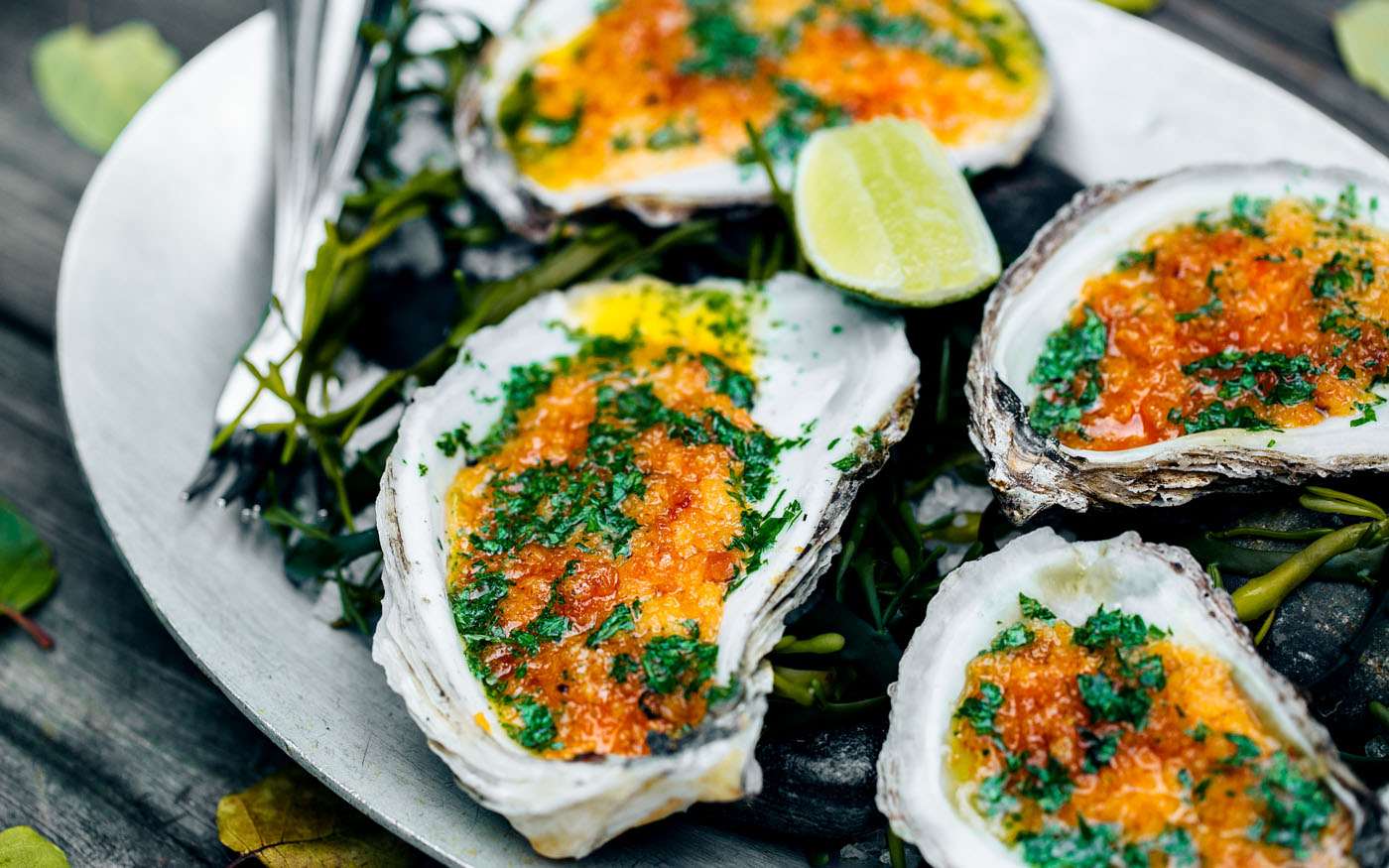
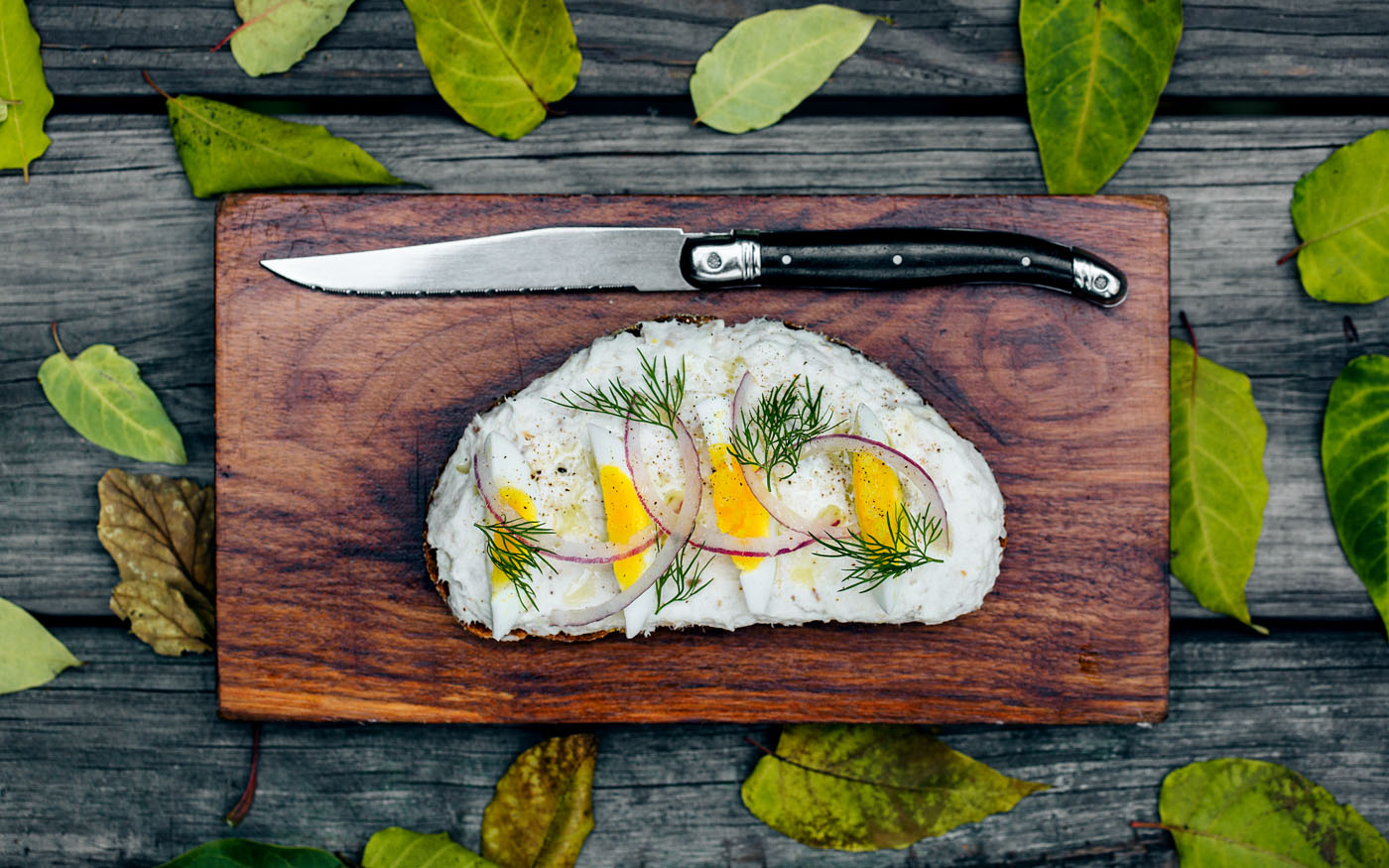
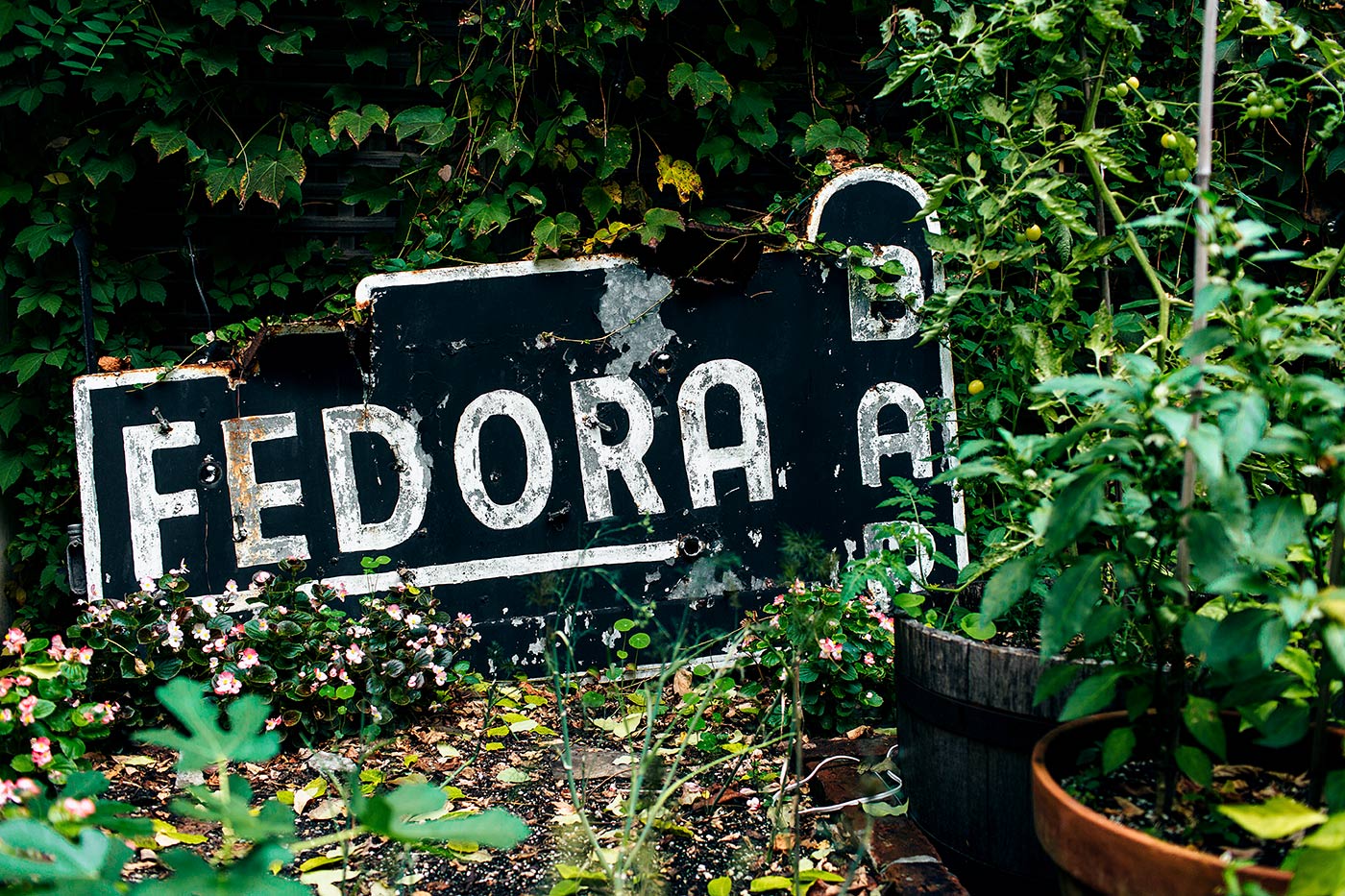
Even with a partner, sourcing eco-friendly seafood requires a little investigative work and it starts by simply asking questions. I ask the same questions when talking with my fish purveyors as I do when buying groceries or going out to dinner. It’s not a bad idea to start with this simple one: do you serve sustainable seafood? Bare minimum, you’ve presented yourself as someone who cares enough to ask. Whether I receive a confident yes or a puzzled look, I continue: What type of fish is it? What fishing method was used or how was it farmed? Where is the fish from?
The ocean offers up a wide variety outside of the most popular (and generally problematic) options, so you don’t have to leave the seafood counter empty-handed. By asking these questions, these are a few of the things I’m hoping to understand:
What type of fish is it?
Ascertaining the exact species of fish allows you to make decisions about which fish to support and which ones to avoid. For example, if it’s salmon, is it Atlantic salmon (avoid) or sockeye salmon (better to support)? It’s a challenge, but a fun one to find alternatives to the norm and turn people on to new fish. If we’re looking for a mild white fish at our restaurants, we might choose subtly sweet, delectable golden tilefish over the fashionable atlantic cod, which is overfished.
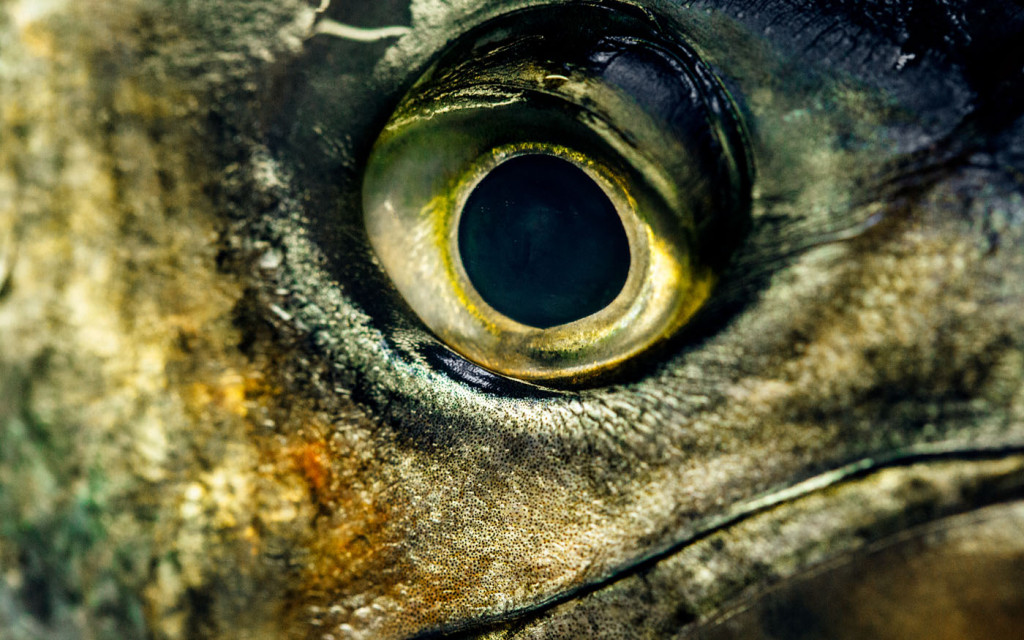
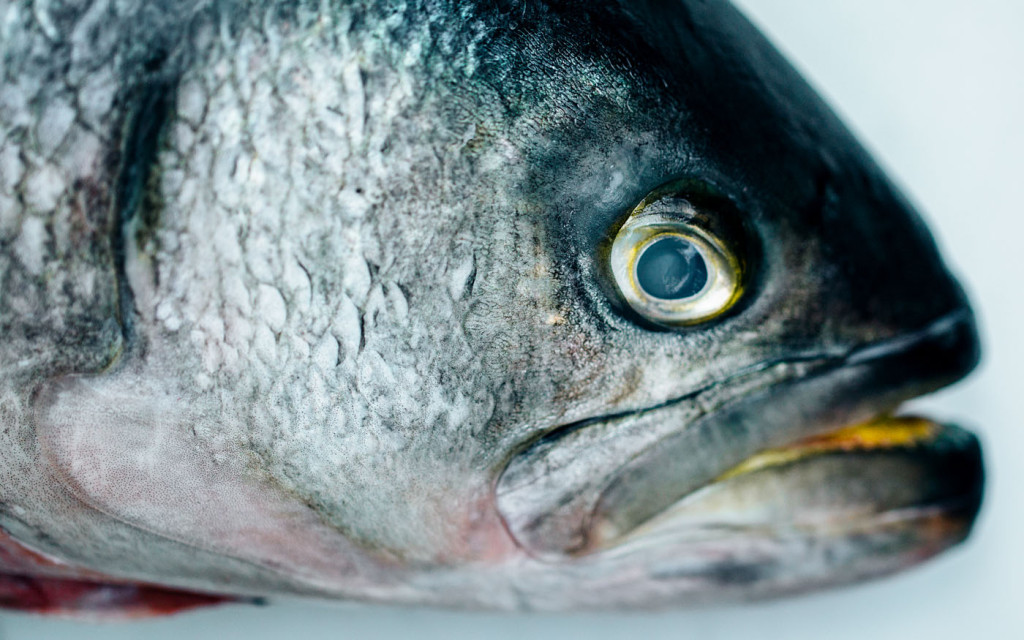
What fishing method was used or how was it farmed?
Just knowing whether the fish is wild or farmed is not enough to know whether you’re selecting an eco-friendly fish. Fishing methods like bottom trawling, where a weighted net scrapes along the seafloor, have a serious negative effect on fish habitats like corals. Other methods, such as purse seining, which works like a drawstring purse around schools of fish, result in massive amounts of bycatch of non-targeted species like turtles and sharks. Favor fishing methods like pole and troll that reduce bycatch and minimize impacts on ocean habitats.
Farmed fish, or aquaculture, makes up about half of our global food supply, but not all farming methods are equal. Some remove more wild fish from the ocean as feed and contribute disease outbreaks and chemical waste, whereas others, like inshore pens or shellfish farms, have a minimal effect on the surrounding ecosystem.
At the restaurants, we choose equally delicious Arctic char or Pacific salmon in place of farmed Atlantic salmon. We also think it’s a good idea, for you and Mother Nature, to start a meal with some oysters, which are nature’s water filters.
Where is the fish from?
Knowing where your fish was caught and landed can be the trickiest question of all, and it’s important to understand that “local” and “sustainable” do not go hand-in-hand. Ascertaining the seafood’s provenance is important because environmental regulations and management practices vary from region to region; some fisheries are healthy and others are being overfished. Lucky for us, there are so many eco-friendly options coming to the docks of Long Island, New York and New Jersey, whether sea scallops, porgy or hook-and-line striped bass. Try to narrow down the exact region or port the fish was caught or landed. For example, “The Gulf of Maine” is more informative than, “The Atlantic.”
If I plan to use shrimp, I opt for fresh, sustainably caught U.S. shrimp, which are far more delicious than the ubiquitous, frozen imported variety.
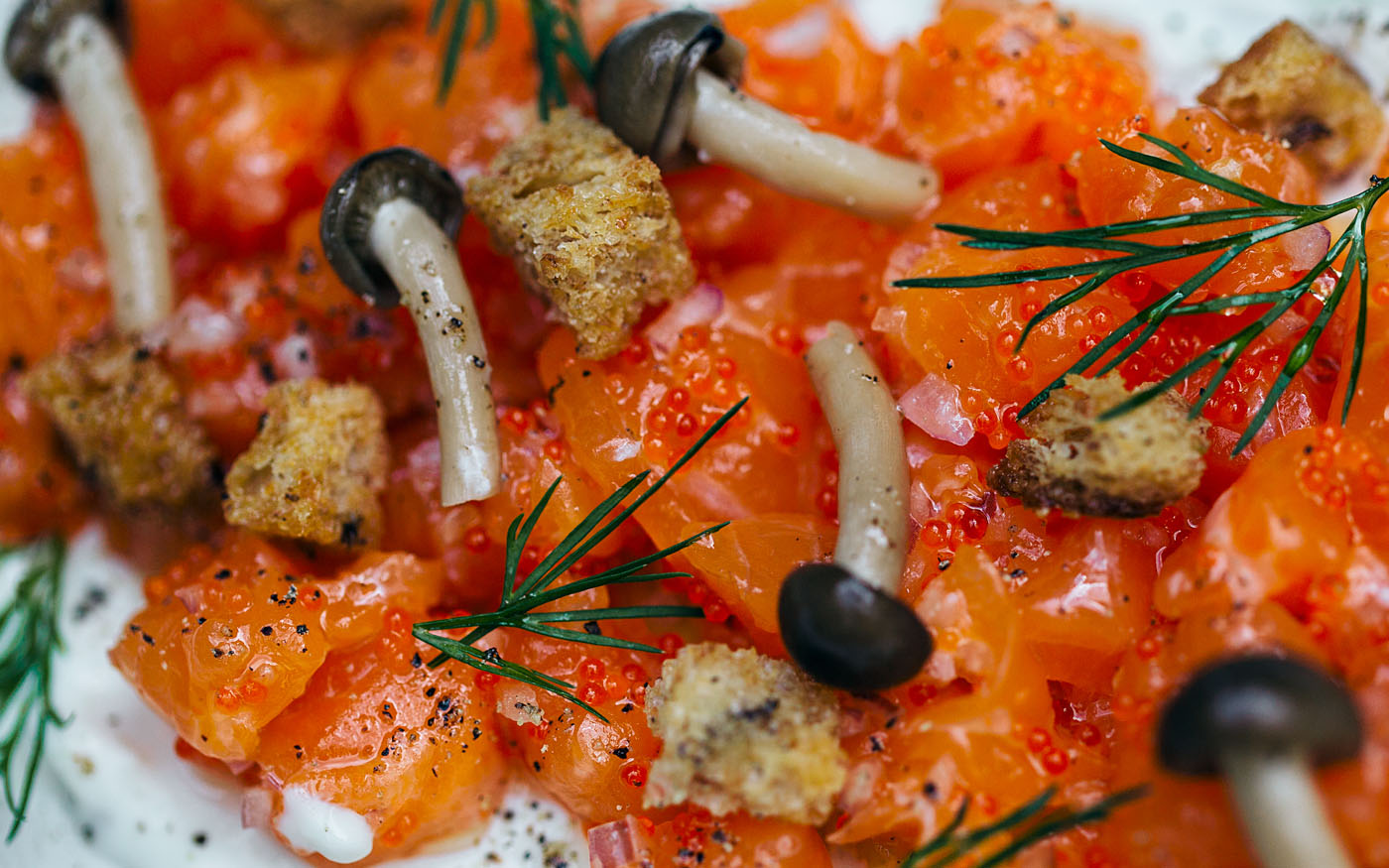
Given all the factors in play, the task of sourcing eco-friendly fish may seem a bit overwhelming. Luckily, there are trustworthy apps and websites that are designed to help. I like the scientific approach and straightforward rating system of the Seafood Watch app for consumers, which groups seafood into three categories: “Best choices,” Good alternatives,” and seafood to “Avoid” for now (generally these are choices that are overfished or farmed in environmentally harmful ways). FishChoice.com, which collaborates with other science-based sustainable seafood organizations, has an extensive seafood directory that gets into the nitty-gritty of conservation criteria.
I know that it may seem daunting to have yet another set of prescriptions about what not to eat, and the prospect of giving up lox on your bagel isn’t for everyone. But it’s crucial that we as a food community come to see the importance of being more knowledgeable and conscientious about our seafood consumption choices. If we fail to do so on a larger scale, we have to consider long-term consequences like the complete collapse of marine biodiversity that some scientists predict, and all the global crises that come with it.
A couple of years ago, I had the chance to go out on a lobster boat in Maine and learn about the origins of our lobster supply. I witnessed how the traps were pulled up, how each lobster was measured individually and thrown back if too small or if pregnant. Rubber bands went around the claws of those we kept. The traps were baited and thrown back overboard. It was hard work, but it was rewarding. This honest work seemed to be from a different era, yet it was a timeless process. The harbor was filled with buoys marked with each lobsterman’s distinct pattern, some of which had been handed down for generations. Hopefully they’ll continue to be there for many more.

Seared Sea Bream with Smoky Eggplant, Cherry tomatoes and Olives
Recipe by Chef Matt Griffin
This dish is a take on acqua pazza, which literally translates to “crazy water,” an Italian dish in which seafood is poached in a fragrant tomato broth (a popular order during the time I spent cooking in Sorrento).
At Fedora, we pan sear a skin-on sea bream filet like dorade or porgy until crispy and serve over the sauce with a swoosh of charred eggplant puree that has a nice smoky flavor from being cooked over an open flame.
Smoky Eggplant Puree
- 1 globe eggplant (aka American eggplant, the familiar dark purple variety)
- 1 clove garlic, peeled
- 1 lemon, zested
- 1 teaspoon sherry vinegar
- 3 tablespoons extra virgin olive oil
- Salt, to taste
- Black pepper, to taste
Place whole eggplant directly over the medium flame of a burner. Char it well, turning frequently. Cook until the eggplant is fully charred and completely soft (which means that it is fully cooked). Remove from the burner and let cool.
Working carefully with a paring knife, remove all of the charred skin. Place the remaining eggplant on the cutting board and chop until it becomes a pulp.
Stir in garlic clove, lemon zest, sherry vinegar and olive oil. Season with salt and fresh cracked black pepper. Let sit at least four hours and stir again before serving.
Cherry Tomato Broth
- ¾ cup extra virgin olive oil
- 4 cloves garlic, peeled
- ¾ teaspoon red pepper flakes
- 6 cups heirloom cherry tomatoes
- 4 tablespoons capers
- ½ cup green olives, quartered and pits removed (we use the Sicilian castelvetrano variety)
- 6 cups vegetable stock
- ¼ cup chopped parsley
In a cold pan, add the olive oil and the garlic cloves and place over a medium flame. Get a little color on one side of the garlic, then flip over and add the red pepper flakes. Sauté for 1 minute.
Add the cherry tomatoes and increase the heat to medium high. Let the cherry tomatoes open up and release their juices, about 5 to 8 minutes. Add capers, olives and vegetable stock. Bring to a simmer and add parsley; continue until reduced by 1/3. It should still be saucy.
Add a pinch of salt and let cool.
Garlic-Thyme Croutons
- 1 day old loaf of bread, crusts removed, cut in 1/2 inch cubes to yield approximately 2 cups (we use a yeasty Italian bread)
- 3 tablespoons extra virgin olive oil
- 1 garlic clove, peeled
- 3 sprigs thyme
Preheat oven to 375 degrees. Place olive oil, garlic clove and thyme in an oven-proof sauté pan and place over low heat until garlic turns lightly golden. Flip garlic clove over and add the bread. Stir the bread into the garlic-thyme oil to coat. Place in the oven and bake until the bread is golden brown and crispy. Remove from the pan and let cool.
Pan Seared Sea Bream
- 1 filet of sea bream per person (striped bass, golden tilefish, branzino, dorade and porgy all work well)
- Salt, to taste
- 1 tablespoon canola oil
- Sea salt flakes (we use Maldon)
Place the fish on a plate. Place a paper towel over the skin of the fish and leave in the refrigerator, as close as possible to the fan, for 1 hour. This helps dry the skin, which will help maximize crispiness.
Season the flesh side of the fish with salt. Heat a sauté pan over medium high heat with 1 tablespoon canola oil until you see wisps of smoke. Place fish carefully in pan skin-side down. The fish will likely curl a bit, so press lightly on the fish with a spatula to keep the fish as flat as possible in the pan.
Cook until the fish is only slightly translucent on the top, about 4 to 6 minutes depending on the thickness of your fish, then flip over and cook for 10 seconds more. Remove to a paper towel. Season skin lightly with Maldon salt.
To Serve:
Swoosh eggplant puree (approximately 1 ounce) on plate.
Heat tomato broth. Add a handful of croutons (about 7, depending on size) to the warm broth. They should be saturated but still retain a crunch.
Ladle the broth and croutons over the eggplant puree, then top with the fish skin-side up.





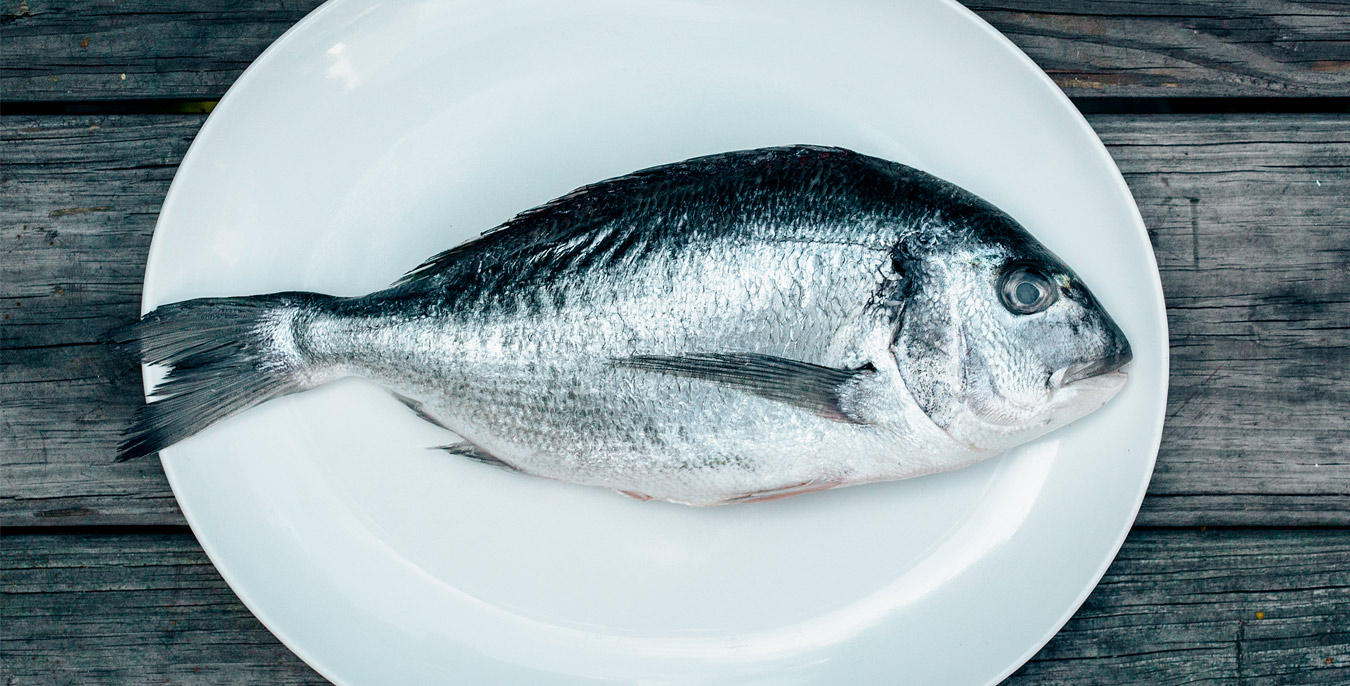

Our comments section is for members only.
Join today to gain exclusive access.